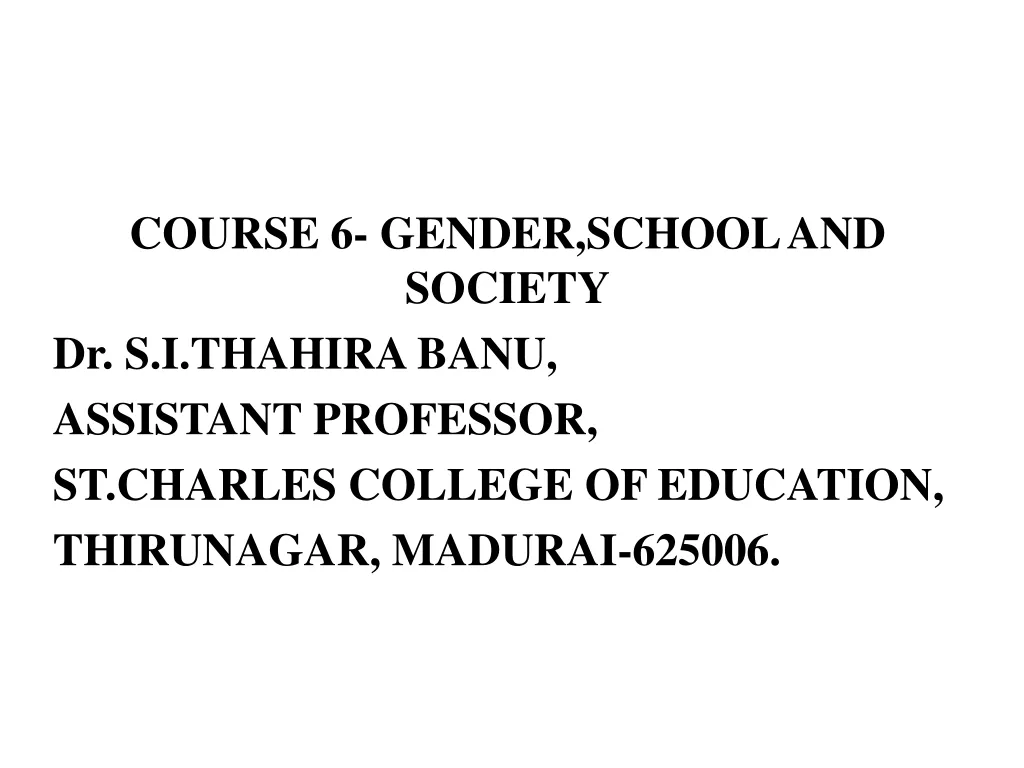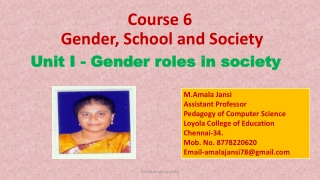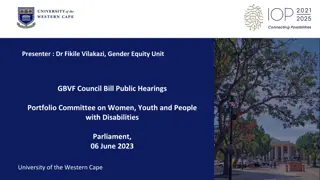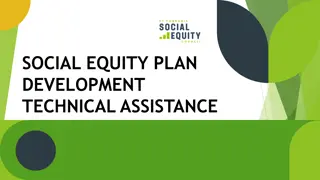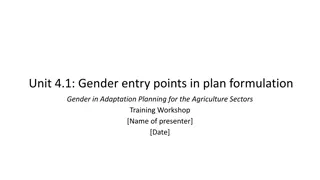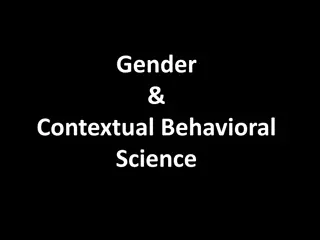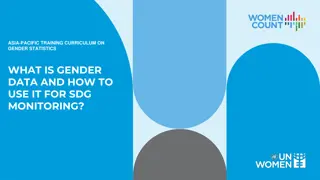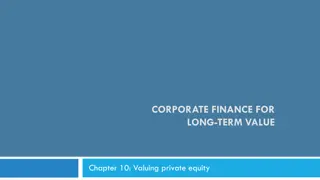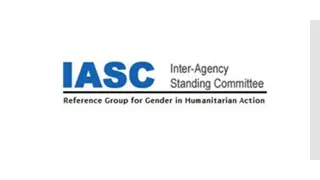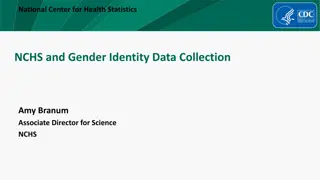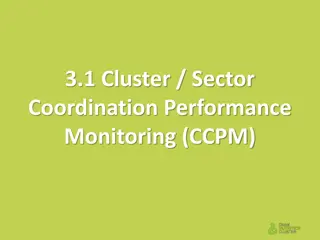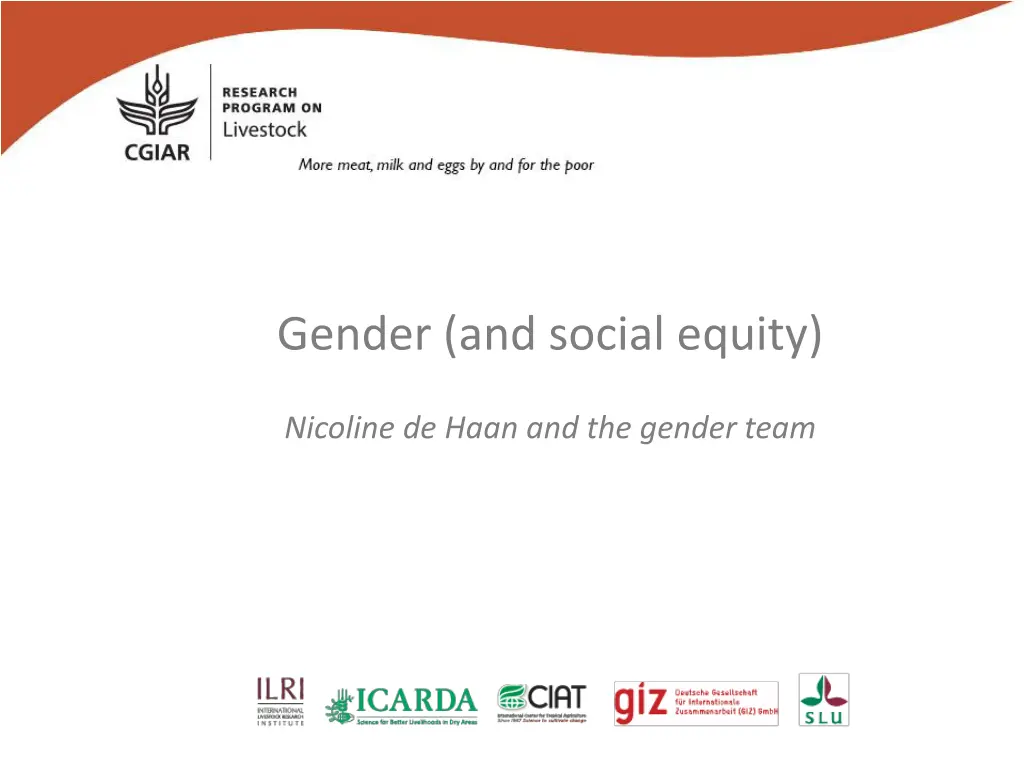
Understanding Livestock Gender Gap Through Gender and Genetics Strategy
Explore how gender dynamics influence livestock genetics interventions and the importance of gender equity in closing the gap. Learn about roles of men and women, species and traits preferences, and institutional arrangements for gender-equitable outcomes.
Download Presentation

Please find below an Image/Link to download the presentation.
The content on the website is provided AS IS for your information and personal use only. It may not be sold, licensed, or shared on other websites without obtaining consent from the author. If you encounter any issues during the download, it is possible that the publisher has removed the file from their server.
You are allowed to download the files provided on this website for personal or commercial use, subject to the condition that they are used lawfully. All files are the property of their respective owners.
The content on the website is provided AS IS for your information and personal use only. It may not be sold, licensed, or shared on other websites without obtaining consent from the author.
E N D
Presentation Transcript
Gender (and social equity) Nicoline de Haan and the gender team
2 entry points, with many points, into the CRP Closing the livestock gender gap - PRODUCTIVITY: understanding the gap (data and numbers)? 2/3 livestock keepers are women and have access to .. As part of the solution but Increasing labor/benefits which one is it?
Flagship gender strategies Specifics in the flagships: how can we close the gap For 6 years Research questions to provide depth Funding strategy M&E
Gender and genetics strategy: Q1 Gender dynamics => livestock genetics interventions How do gender dynamics affect the relevance of livestock genetics interventions? a) What roles do women and men play in managing different species - particularly in breeding and accruing the benefits? And why? b) What are the species and then traits preferred by women and men that increase the relevancy of improved breeds at household level? c) What are the gendered opportunities and constraints affecting the accessibility of improved livestock genetics?
Gender and genetics strategy: Q2 Livestock genetics interventions => gender dynamics How are gender dynamics affected by the introduction of livestock genetics interventions? a) How do improved breeds/management affect intra-household workload, benefit sharing and gender dynamics? b) What are the mechanisms/factors that influence such changes and how can they be dealt with to support gender-equity? (strategic question)
Gender and genetics strategy: Q3 Institutional arrangements => gender equitable outcomes What institutional arrangements can ensure a gender-equitable outcome of genetics interventions? a)What process/main steps need to be put in place to guarantee a gender-responsive breeding programme? b)What policy arrangements can effectively facilitate women s access to genetic material? c) How to balance between an accommodative and a transformative breeding approach when prioritizing research? (strategic question)
Gender and other flagship strategies Genetics questions previous Alessandra Galie (ILRI), Juliet Kariuki (CO - ILRI) and .5 post doc (ACGG and RVF) Animal health as part of the solution, gender and vaccines, ppr Nicoline de Haan (ILRI)and .5 post doc (ACGG and RVF) Environment what is so specific about gender, livestock and environment, agents of change Katie Tavenner (ILRI), Josephine Dungumaro (ILRI), Dina Najjar (ICARDA) Feeds and forages business models and roles Alessandra Galie (ILRI), Wendy Goedeke (CIAT) and Birhanu Lenjiso (CO-ILRI) Annet Mulema (ILRI) and Wole Kinati (ICARDA)
4 entry points into the CRP for 6 years Closing the livestock gender gap for empowerment Happening within the flagships STRATEGIC (needs to be refined) Intra- household dynamics as introduction of interventions: ownership Livestock as a core business Gender species positionality: the livestock ladder Shifting masculinities Nutrition, gender and livestock Synthesis: packages for women, investments and trade-offs Lack of motivation can be because of lack of access Girls and boys At systems levels: RHOMIS, ACGG data and Masterplans WELI
The how? The gender strategy Flagships/LLAFS SIF: innovation call, communication, support to the flagships, country assessments Bilateral: GAAP, More Milk The team Cap Dev: trainings
Outputs 2018: LLAFS and flagships CLUSTERS OF ACTIVITIES ACTIVITIES Deliverables 2018 Benchmark publication on gender and livestock to identify frontiers in research and development Paper on linkages between gender empowerment and nutrition Publication on gender and empowerment as related to species and business Paper on understanding the level of women s engagement in agricultural innovation process Research initiated on livestock as a core business for women for empowerment, and the implications Packages of gender-responsive institutional and technical innovations that are known to enhance productivity and equity. Gender-transformative approaches developed to address the root causes of gender discrimination, and their effectiveness assessed, and entry points developed within policies, such as the Livestock Master Plans developed under Cluster 1. Gender-sensitive indicators and methodologies developed for assessing progress on gender strategic change (e.g. transformation of gender norms or empowerment). Cluster 2: Gender and social equity At national level work initiated on integrating gender in the livestock MasterPlan and development of tools Development of gender entry points (packages) for the 4 priority countries and identification of investable options for women in livestock development through country assessments Integrated gender strategy, need to fill outputs
CGIAR Research Program on Livestock livestock.cgiar.org livestock.cgiar.org CGIAR systemThe program thanks all donors and organizations which globally support its work through their contributions to the CGIAR system The CGIAR Research Program on Livestock aims to increase the productivity and profitability of livestock agri-food systems in sustainable ways, making meat, milk and eggs more available and affordable across the developing world. This presentation is licensed for use under the Creative Commons Attribution 4.0 International Licence.

